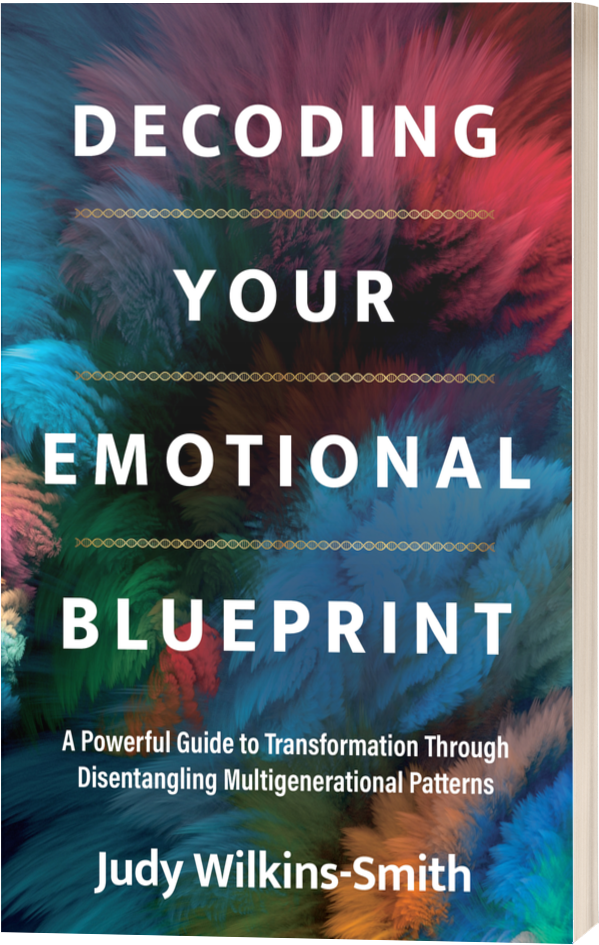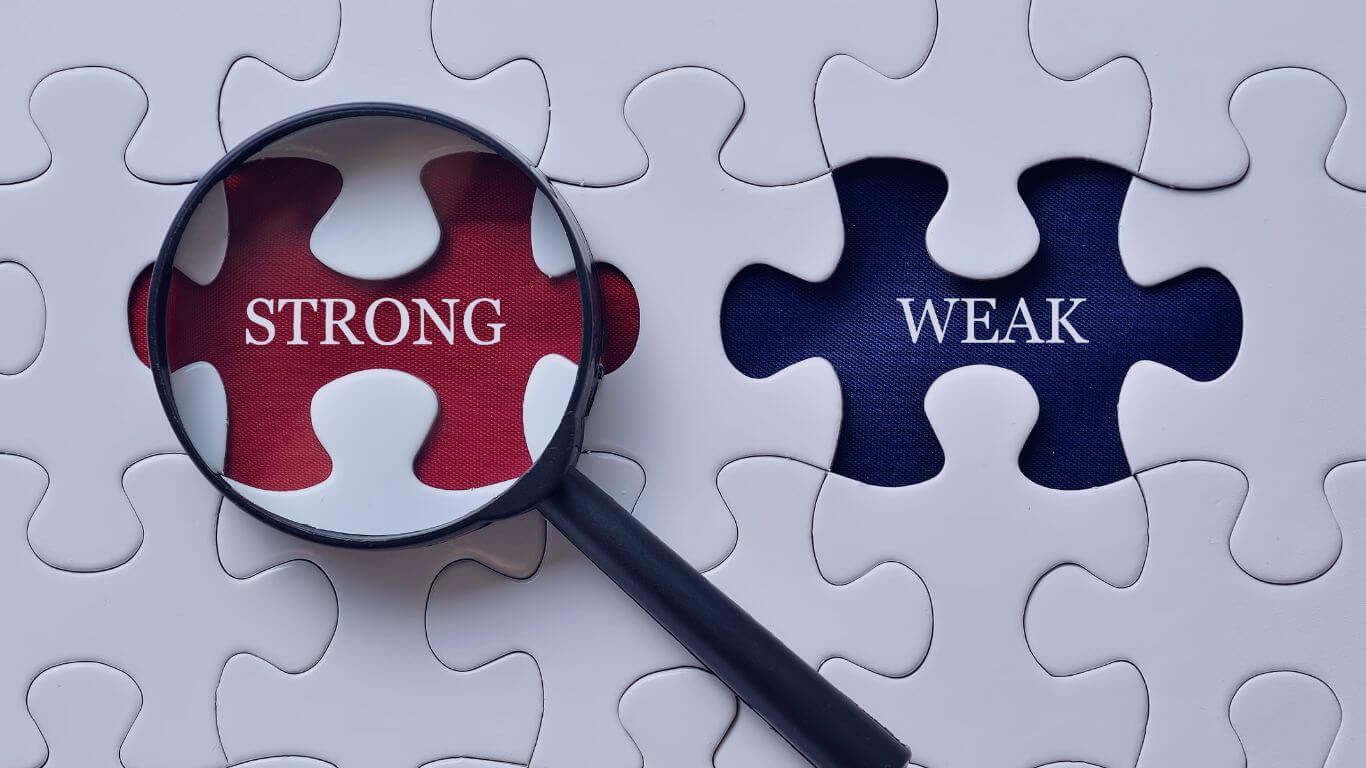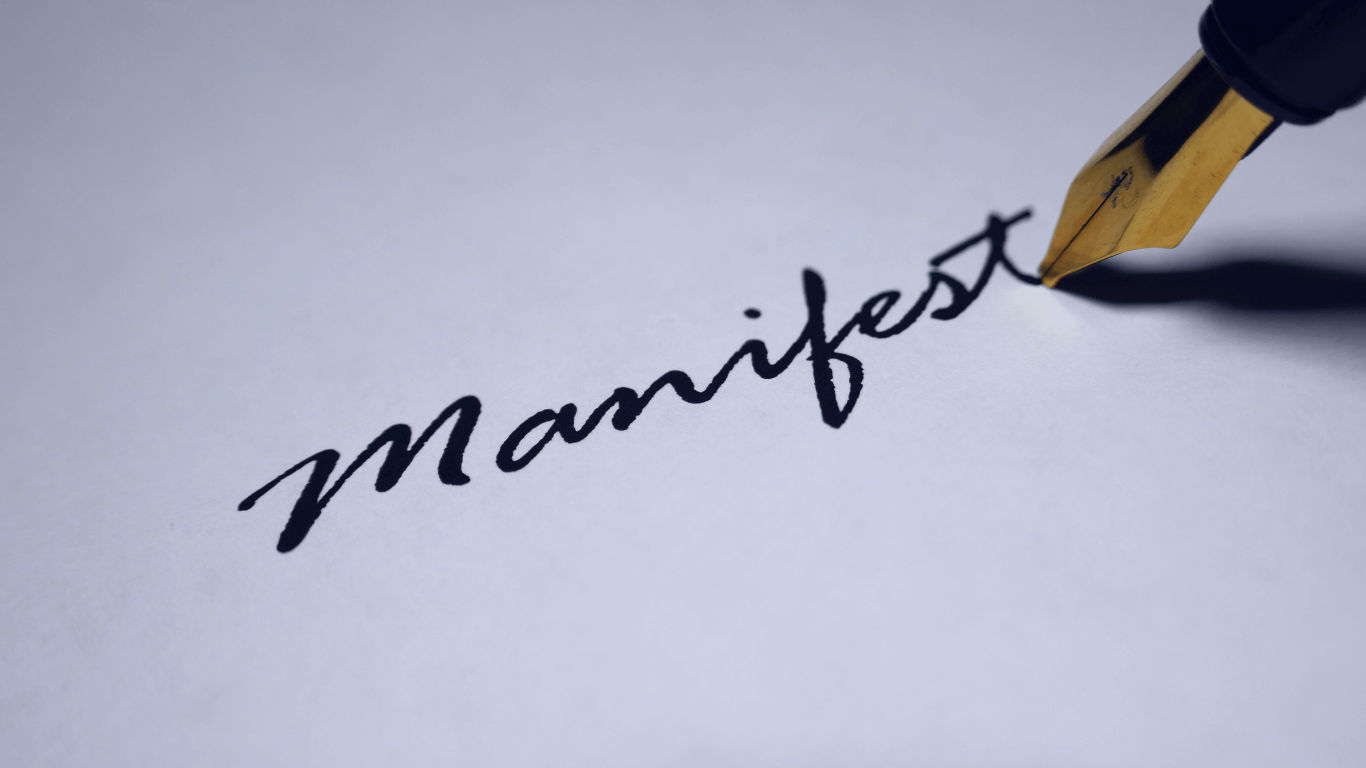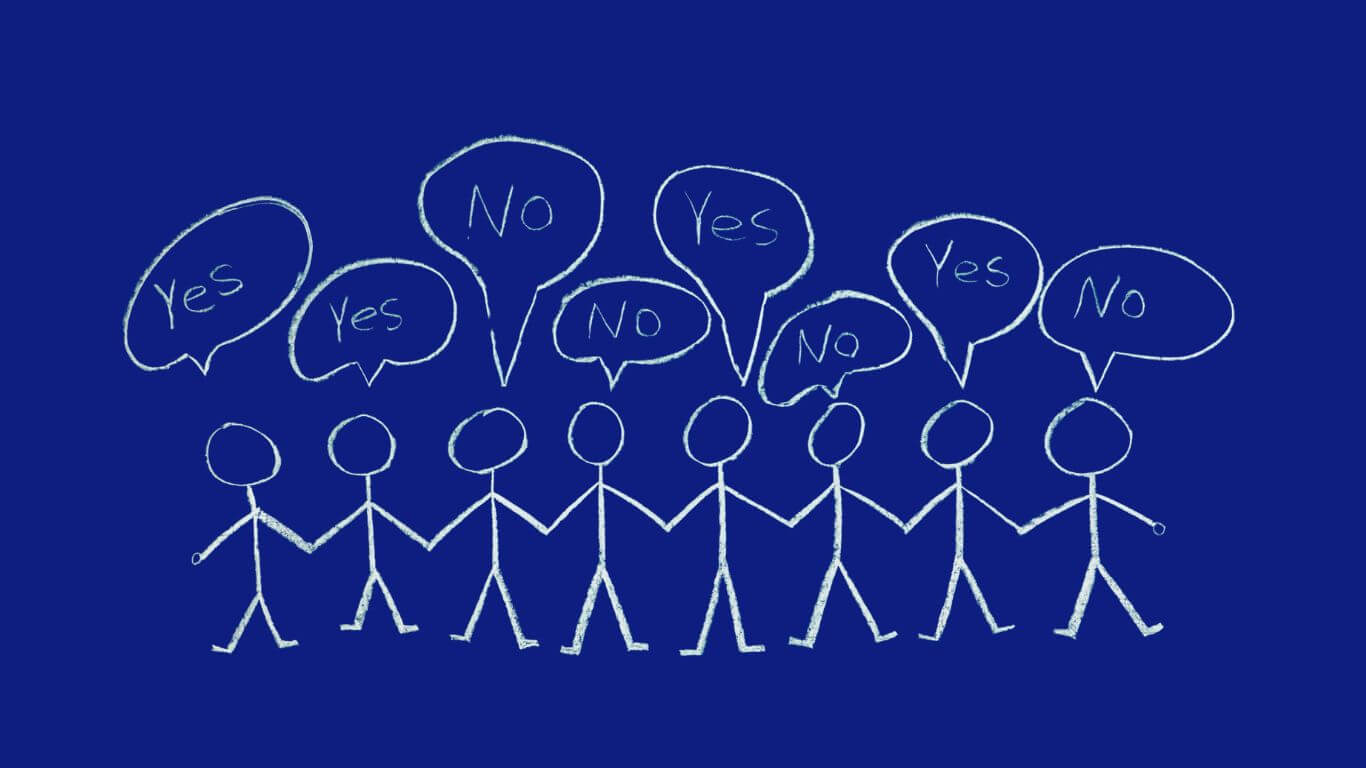Break Free From Your Family System: What Is Holding You Back?
You Have a Platform. What Will You Build?
Very few of us realize that every single one of us has a platform and a brand. And our platform is our family system! All that it brings and everything that constitutes our family history is our foundation and, in essence, our brand. Now, what we choose to add to the system and that brand remains to be seen.
Unfortunately, instead of mindfully crafting a cohesive brand, we often come across as an inarticulate jumble of limitations, awkwardness, fears, and self-sabotage. We’re not taught as kids to think about building a brand on the family platform we were given. Most the time many of us try to escape our family influence rather than build on it!
But those who use their given platform/family system and its dynamics and push beyond the boundaries of that system, develop an appetite for life. They are the ones who often become the greats. They realize that looking at what they have, and seeing how it can get them to what they want, and what they have to do or change to get there will get them to their goals. In other words, they choose to develop their brand—they don’t try to start from scratch. Which is actually impossible anyway.
I work with a lot of highly successful individuals and companies. When I ask them how they became so successful, without fail they tell me, they bet on themselves. In systemic terms, they take what they’ve been given but they don’t default to the limiting emotional DNA and mindsets of their ancestors on that genetic platform. Instead, they formulate the thoughts, feelings, and actions that will elevate them so that they can consciously build their brand and advance in the direction of their dreams. Most importantly, they don’t give up.
Build Excitement
Building a brand means that you have to pay attention to your life. It doesn’t just happen. You choose how you would like to be perceived, what you would like to achieve, and what your superpower or value-add is going to be. And then you work at it and don’t stop.
Unfortunately, often we overlook our obvious superpowers. Things like kindness, optimism, helpfulness, going the extra mile, are all value-adds. They may not seem like much, but often these are the kind of character traits that get people to the top. Nobody wants to hire a Bossy Chops or a Sad Sally, and nobody wants to work for one. Being that way not only stunts opportunities, it stunts growth.
I have a client who has a lot of reasons to be sad and anxious—really good reasons. As a result, this client (in the past!) just did not shine. In fact, she came across as basically invisible and flat.
During a session, she mentioned that nobody wanted to be around her much, and that she often felt left out. When we explored her family system we discovered both sets of grandparents had had to hide for several years from the Nazis in Germany in WWII. No wonder she was good at being invisible!
Unsurprisingly, she cheered up when she realized she had someone else to blame for her reticent behavior. (This is a common reaction that often gives us a reason to form an unconscious loyalty to those behavioral predecessors and follow their path. You might say blaming someone else gives us a reason to give up.) So, I asked her at what point would she take responsibility for building her brand and way of being in the world. She was astonished to find out that she actually had a choice. After all, if the whole family was like that, what choice did she have? Which is another common misperception.
At any point in your life, you are free to choose a different direction and go beyond your family system with all of its limitations, locks, keys, clues, fates, and gifts. But you have to know it’s possible and what to focus on. In this client’s case, despite two generations of family members that had been quiet, invisible, sad and depressed, we looked beyond the obvious family traits. My client actually had a wicked sense of humor, which was a great start. And, as we rummaged through her family’s other characteristics, we found a lot of things to build on, like caring, a love for animals, and the ability to form lasting relationships. And then we found the system’s superpower! And it was stubbornness—which, at first, could be seen as a negative. But upon examination, we realized my client had already reframed that family trait in the higher terms of grit and determination. She had already been taking what she’d been given and was building her brand!
Inspired, she acknowledged that she would keep going on projects long after others would give up. Which was why, as a paralegal, she was usually handed the most difficult cases at work.
Over a number of weeks, she was able to reframe many other apparent family limitations into helpful opportunities. Within months her brand had shifted from “invisible” to “indispensable.” Within six months, not only was she no longer being overlooked, she was offered the position as head of her own department. Associates were even requesting transfers to work for her! My client’s career was no longer a slog, but instead, an adventure.
While we don’t get to choose our platform, (what we start with) we do get to choose our brand.
I am not saying that it is always easy. Some of us come from completely dreadful circumstances, and it is difficult to imagine something better. But, if we take the time to ask ourselves, “What is my brand, and how do I want it to be?” we may just surprise ourselves. I often tell people we have to show up to grow up. And, that includes showing up for ourselves.
Lego Exercise
A simple exercise is to take a Lego base. This would represent your family system. Now take some Lego blocks and a dry erase pen. If you don’t have Legos, different color Post-it notes on a flat table top surface will do just as well. Write down all the positive characteristics that you have on the side of each yellow Lego brick. You can decide what size each one is, depending on how much weight you give them. Now take red Lego bricks and write down all the limiting characteristics you have on those. Take time to build a structure that represents you with the yellow and red bricks.
Now, take white bricks and write down good reframe words for each red brick. For example, stubborn could turn to grit, and “troublemaker” could transform into “out of the box thinker.” Place each white brick next to its red counterpart. This will require some rebuilding.
Finally, take blue bricks and write down characteristics you would like to develop. Look at the structure in front of you and see where each of those bricks belongs.
This is a fun yet mindful exercise you can use to design your brand on top of the platform called your family system. You have a ready-made platform, but YOU are the designer of what comes after.
A Systemic Expert & Executive Coach, Judy Wilkins-Smith assists high-performance individuals, Fortune 500 executives, and legacy families to end limiting cycles and reframe apparent challenges into lasting breakthroughs and peak performance by guiding them through and beyond hidden Emotional DNA patterns. Her books Decoding Your Emotional Blueprint and The Hidden Power in Your DNA are two exciting guides on your journey to purpose.
Access your free chapter of Decoding Your Emotional Blueprint












